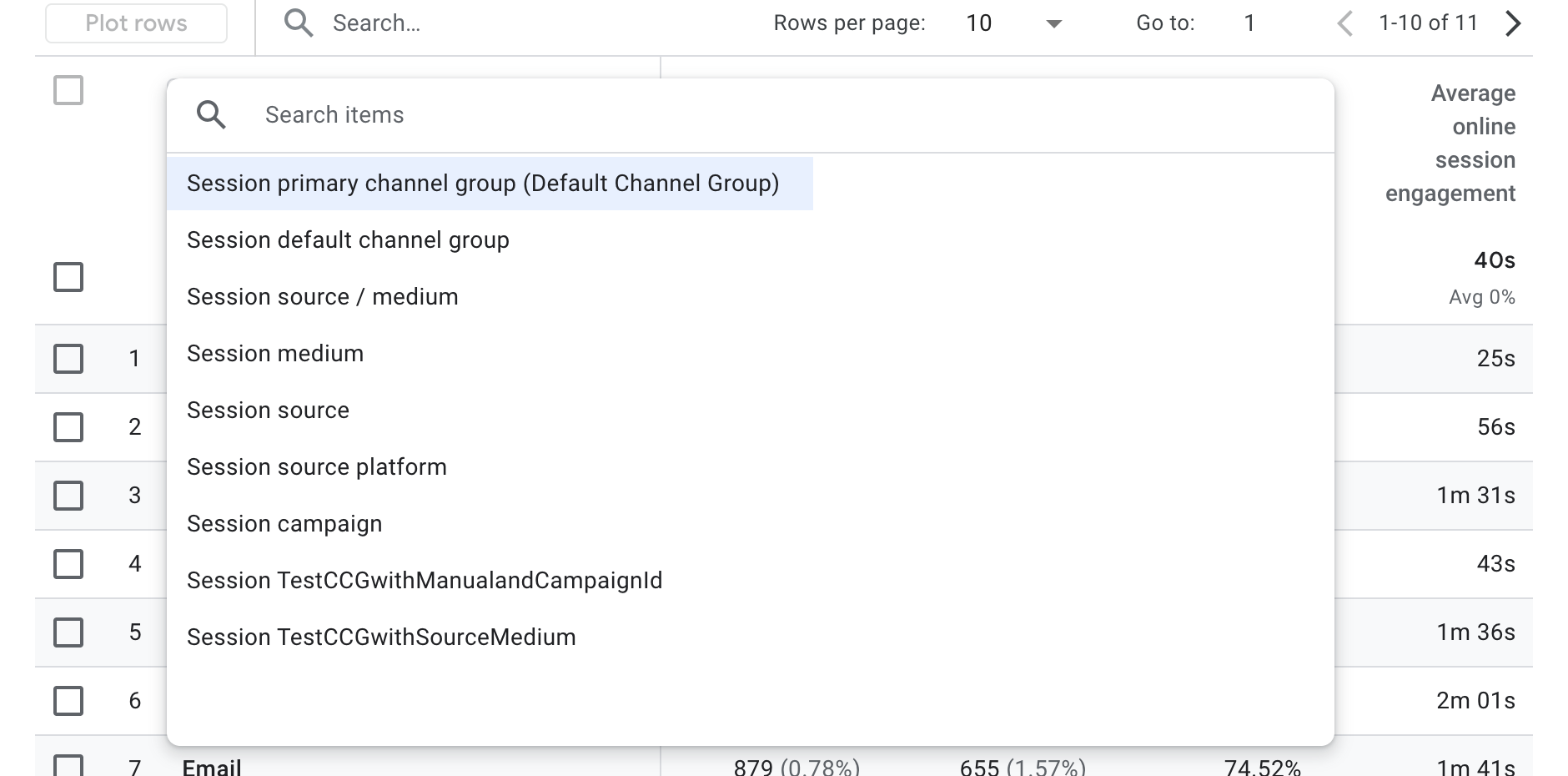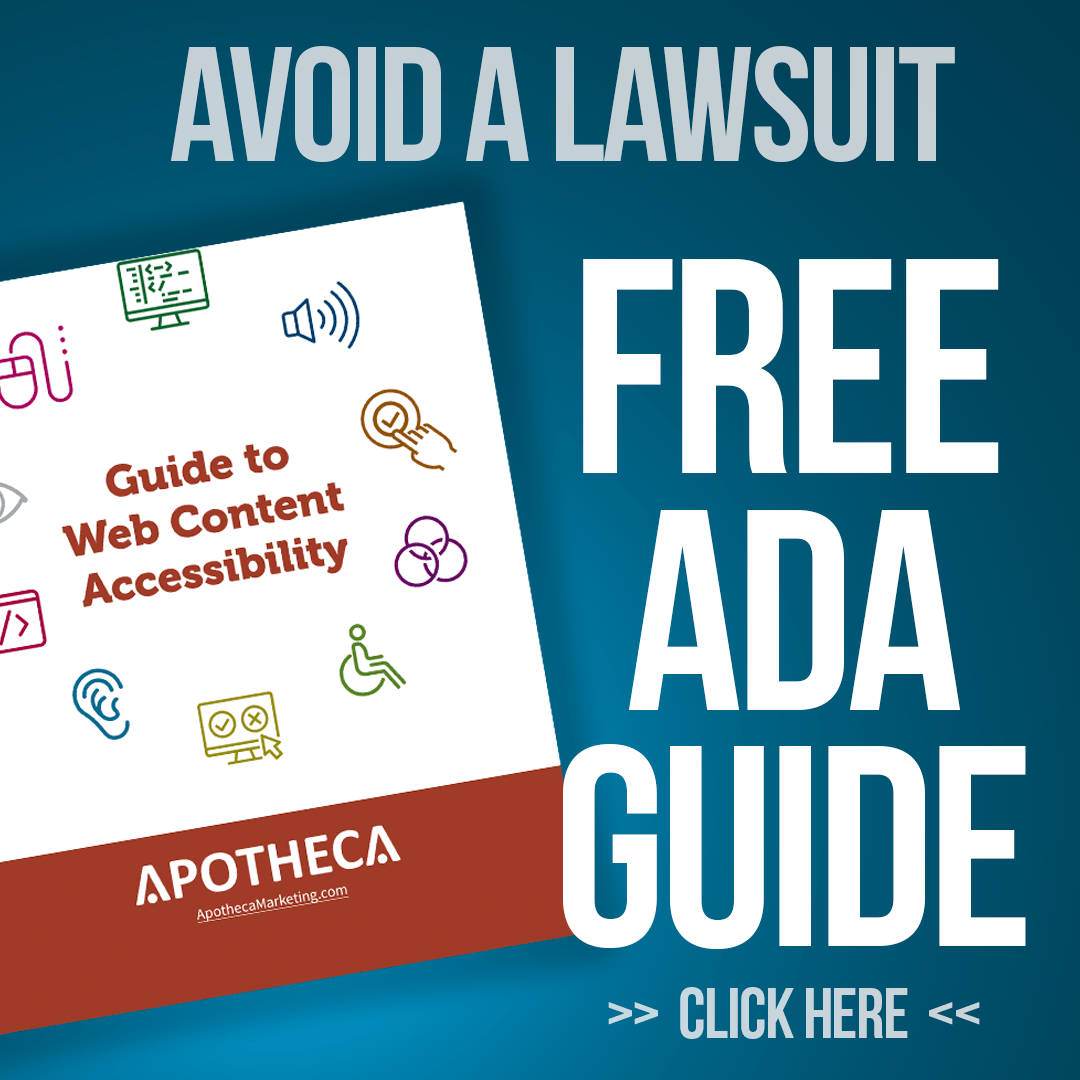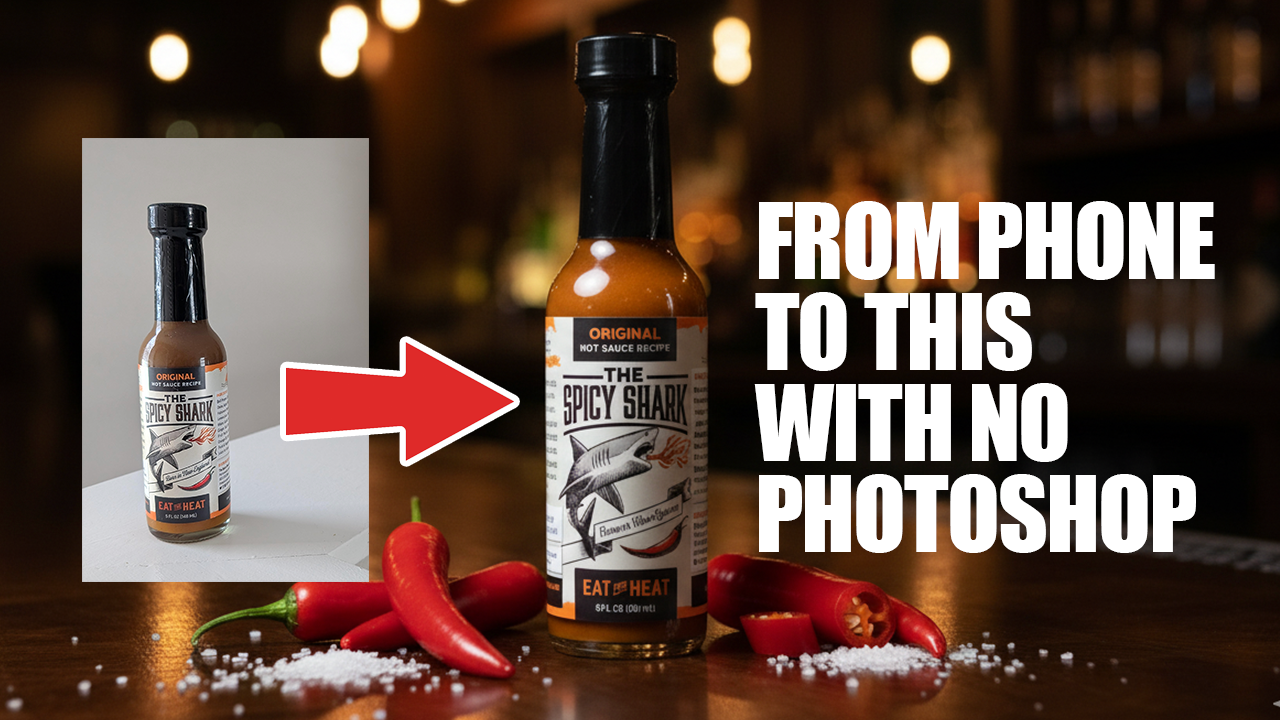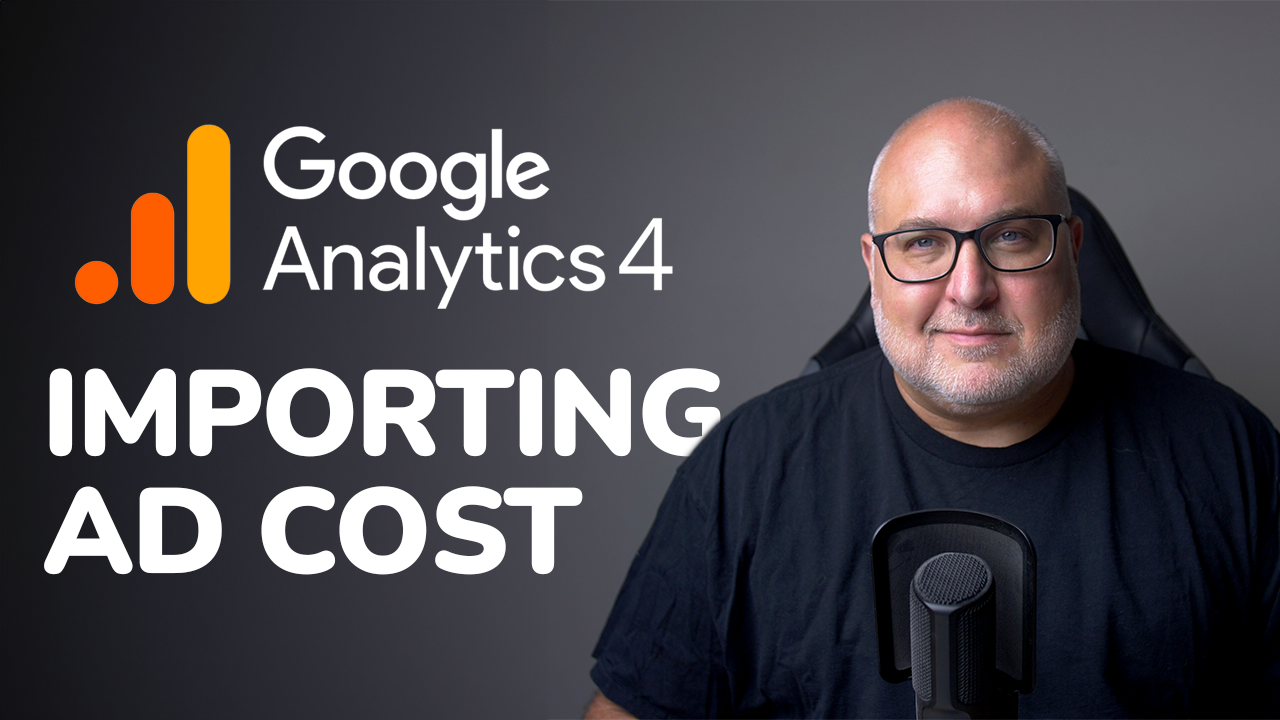Campaign Reporting in GA4
Roy Bielewicz
Get more information about individual campaign performance in GA4
We get a lot of questions from folks who are confused about where to find campaign-level reporting in GA4. In typical Google fashion, the don't make it super apparent out of the box. We look at where to find information about your marketing campaigns in GA4, as well as how to set up your UTM tracking for those campaigns.

Why Campaign Tracking Matters
Imagine pouring money into Facebook Ads, newsletters, and influencer shoutouts... only to have no clue which one brought in the most customers. That’s where campaign tracking comes in. When done right, it tells you exactly where your traffic and sales are coming from, so you can stop guessing and start optimizing.
The Basics: Where to Find Campaign Data in GA4
Head to your GA4 property and navigate to Reports > Acquisition > Traffic Acquisition. This is your campaign tracking HQ.
By default, Google shows you things like "Organic Search," "Direct," or "Paid Search." These are what GA4 calls default channel groupings. They’re auto-generated based on things like:
- Where users came from
- What UTM parameters (if any) are in the URL
- Referring websites
Want more detail? Use the dropdown in the Traffic Acquisition report to switch to views like Source/Medium or Session Campaign.

Understanding Source, Medium & Campaign
These are the big three UTM parameters that GA4 looks for:
- Source: Where the traffic came from (e.g., facebook, newsletter, google)
- Medium: The type of traffic (e.g., cpc, email, referral)
- Campaign: The name of the marketing effort (e.g., spring_sale_2025)
You can add even more parameters like Content (to differentiate between creatives) and Term (to track keywords), but Source, Medium, and Campaign are the must-haves.
What Are UTM Parameters?
UTM parameters are tags you add to the end of your URLs so GA4 can track where visitors are coming from.
For example:
https://yourwebsite.com/?utm_source=facebook&utm_medium=cpc&utm_campaign=spring_sale
GA4 reads this data and categorizes it in your reports.
How to Create UTMs (the Easy Way)
Use Google’s free Campaign URL Builder or a simple Google Sheet template to build links. Here’s what you’ll typically enter:
- Website URL: https://yourwebsite.com
- Source: facebook
- Medium: cpc
- Campaign: spring_sale
- Content: video_1 (optional)
The builder will generate a URL with tracking built-in. Use that link in your ad or email.
Tips for Clean, Consistent Tracking
- Use consistent naming: "email," not "e-mail" or "EmailNewsletter."
- Stick to Google’s standards: GA4 expects certain terms like "cpc" for paid traffic. Deviate, and your data might land in "unassigned."
- Avoid duplicate campaign names: Make them specific. Include dates or promo names like "fall_2025_discount."
- Document everything: Use a shared sheet if multiple people are building UTMs.
Why Some Traffic Ends Up as "Unassigned"
"Unassigned" is GA4’s version of a shrug. It means Google couldn’t figure out where the traffic came from. Usually that happens because:
- UTMs are missing or incorrectly set
- The page loads before your tracking tag does
- A medium like "AdWords" is used instead of "cpc" (which GA4 recognizes)

This is paragraph text. Click it or hit the Manage Text button to change the font, color, size, format, and more. To set up site-wide paragraph and title styles, go to Site Theme.
Contact Us






